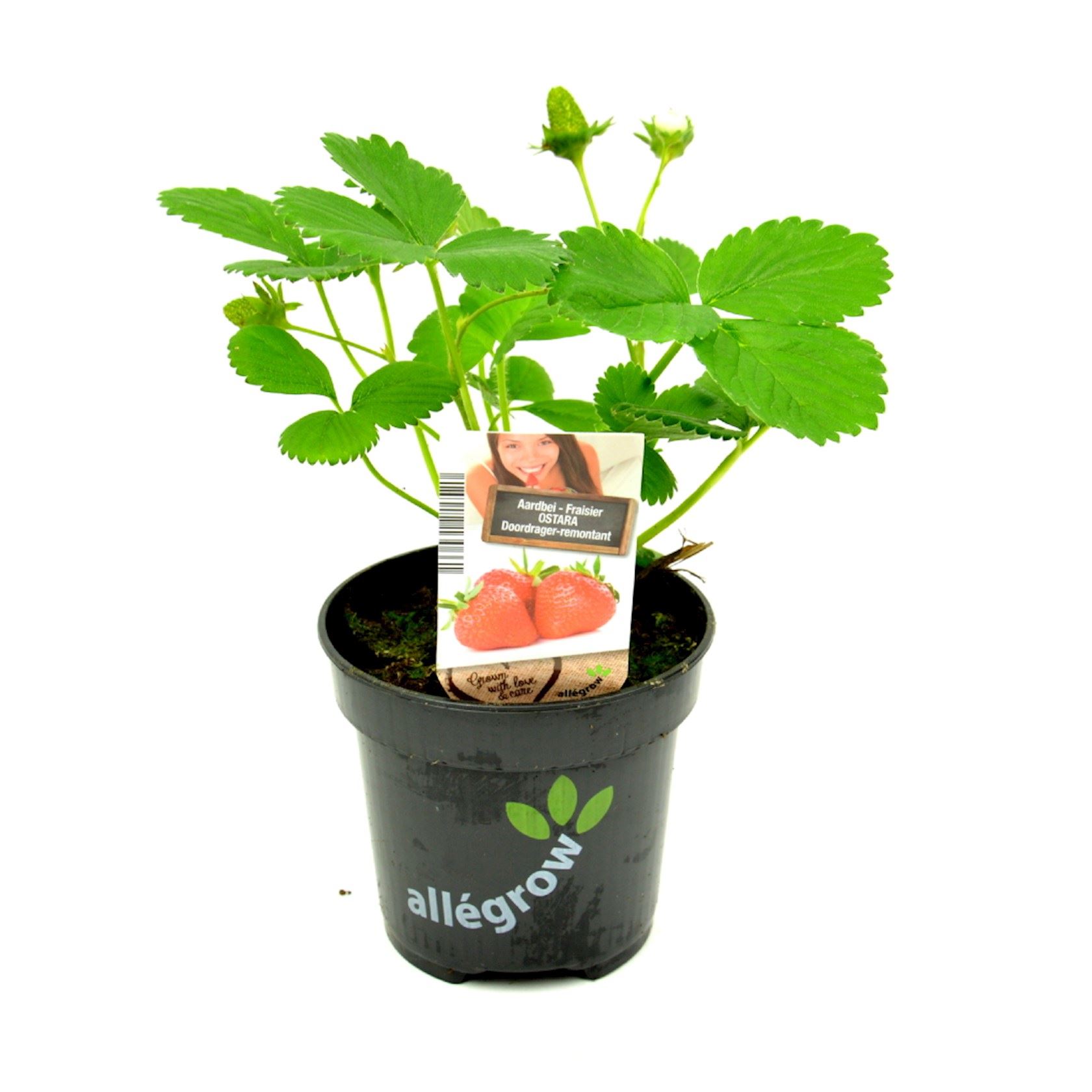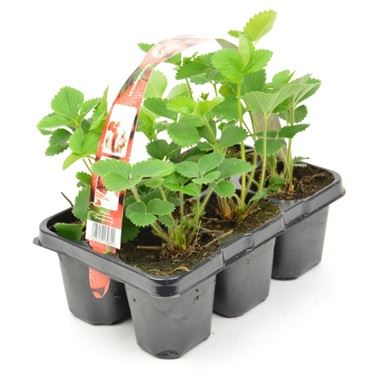Strawberry Ostara, everbearer - pot ø10.5 cm (Fragaria x ananassa 'Ostara')
Doordragende aardbei
Allégrow
Art. nr. 201785506
Einde seizoen
Product information "Strawberry Ostara, everbearer - pot ø10.5 cm (Fragaria x ananassa 'Ostara')"
Product specifications
| Application / use plant: | Unknown - n/a |
|---|---|
| Bloom Month: | May, June, August, September |
| Bloom color: | White |
| Branches / bark: | Unknown - n/a |
| Dutch plant name: | Doordragende aardbei |
| Flower color - details: | White |
| Frost hardiness - details: | Very good (-29 till -23°c), usda zone 5 |
| Frost resistance: | Extrême winter hardiness |
| Fruit: | Berry-shaped, Red |
| Fruit - details: | Red, edible |
| Full grown plant height: | 10 cm |
| German plant name: | Gartenerdbeere, grossfruchtig |
| Growth habit : | Ground cover |
| Humidity/Soil: | Normal soil |
| Latin plant family: | Rosaceae |
| Leaf / Foliage: | Green |
| Leaf / foliage - details: | Deciduous, green |
| Location: | Halfshadow, Full sun |
| Location - details: | Preferably full sun |
| Minimum growing height (in cm): | 10 |
| Plant characteristic: | Ground cover, Fruit-bearing |
| Plant family: | Rose family |
| Pruning period: | March |
| Winter foliage: | Losing leaf |
| maximal growth height (in cm): | 10 |
| type of crop: | Perennial plant |
| type of soil: | Normal soil, Peaty soil (acidic) |
| type of soil / ground - details: | Any good garden soil |
Pictures of this plant
Reviews
Login














